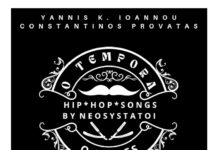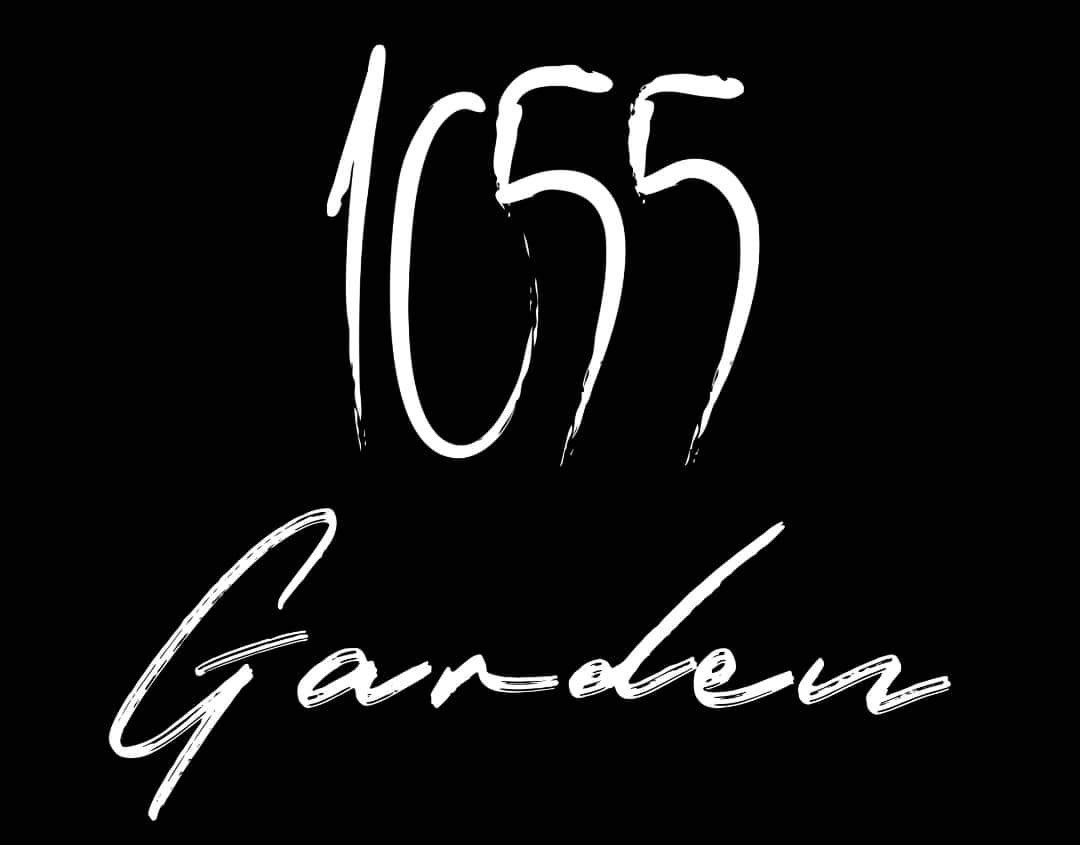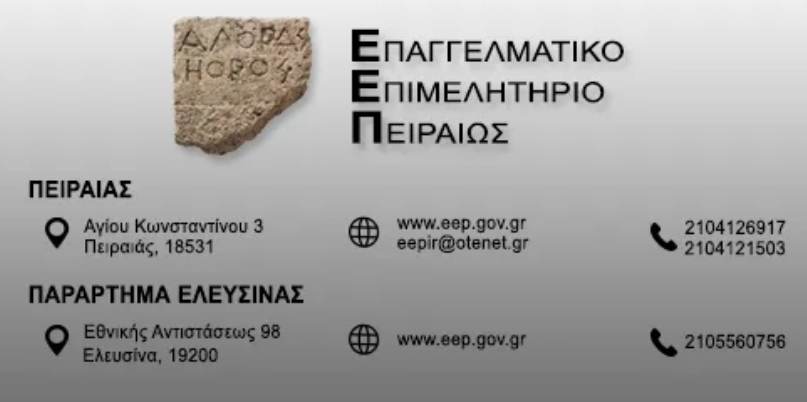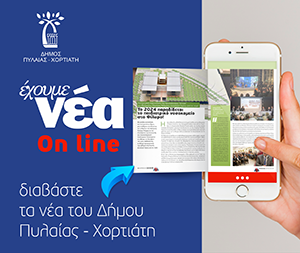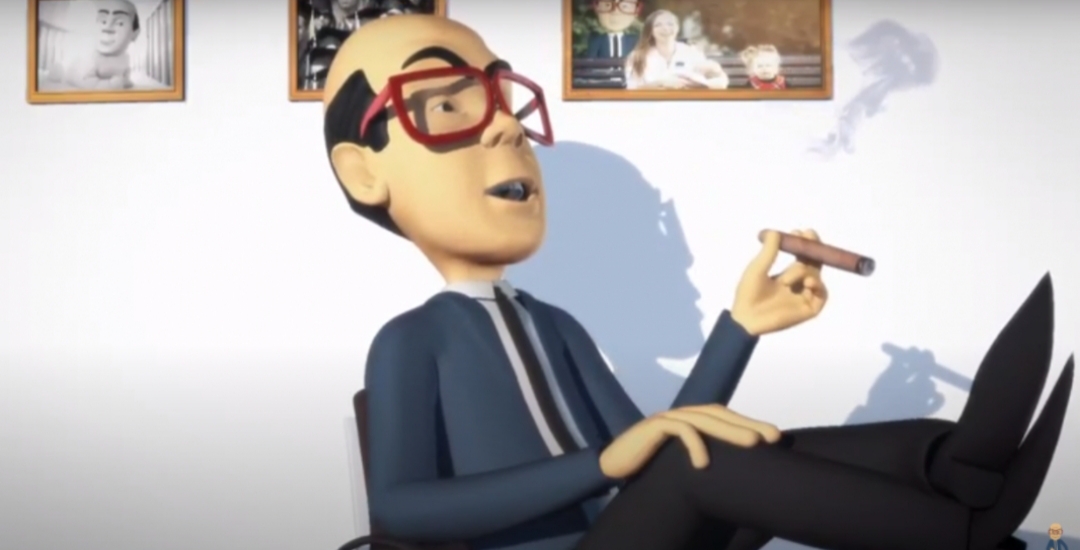Επιμέλεια: Εύα Πετροπούλου Λιανού
Choism in the visual arts №2
A true artist expresses what he thinks without fear of the counteraction of age-old prejudices. (Auguste Rodin)
In the previous article, we examined the theory of “early choism”, as well as the basic tools and methods of “choice” in the visual arts. Now let’s look at the early choism with a few generalized examples.
Choosing a theme for a work of fine art is always a difficult task, let alone finding topics for a new trend. However, the answer is, and, perhaps, has always been on the surface… The surface of the human eye!
Indeed, for this kind of art, which is tied to the sense organ through which a person receives 90% of the information, the topic can legitimately serve as “the first thing that catches the eye”. Most likely, it will be an understandable and familiar composition for everyone, and even an unprepared viewer will be able to understand it and note the choistic features, which will be the most important task of the new trend.
The simplest example of this kind of art can be contrasting abstractions, even literally two colors located side by side. This may seem similar to minimalism, but the difference will be significant. Minimalism is an artistic trend that proceeds from the minimal transformation of the materials used in the creative process, simplicity and uniformity of forms, monochrome, creative self–restraint of the artist. The role of choism is to show the complexity and conflict of the issue of “choice”, in other words, to complicate the composition (idea), to endow it with a concomitant meaning having a past and a future, and most importantly to offer each viewer a choice of “his way” within this work.
Another good example of early choism can be landscapes, of course in a choistic style. Despite the deep philosophical problem of choice and the present system of rings from the questions and additions of this current, choism is more than natural and the images of nature give quite a clear confirmation of this. However, bright, not quite natural colors, will suggest – is it impressionism? Let’s compare them also through definitions. Impressionism is a style in painting that has revealed the possibilities of displaying impressions of the moment on canvas. The difference from the early choism is obvious.
Landscape (and not only) in early Choism carries a completely different meaning. Choism’s task will be to convey the idea of choice, which is not so much tied to the feelings of the artist, as to his intellectual work to create an equilibrium dualistic (or more) work that would preserve the possibilities for the movement of the viewer’s thought (choice).
Thus, the equilibrium opposition of earth and sky can become the applied elements of the expression of choice. In turn, each of these parts can carry internal oppositions (obvious choice) or vice versa their smooth transitions (blurred / non-obvious choice). This can be represented by shadows in the fields and clouds in the sky, sunset, sunrise or solstice, reflection or waves.
Of course, these are just a few of the simplest examples that do not aim to cover the entire early choism or impose strict rules and canons inaccessible to development. On the contrary, these examples set the “start” for thinking and searching for other, more complex, original and unique objects of expression of choice and the preservation of the meaning of “choice” in contemporary art. They will not limit either the artist or the viewer in any way, but will open up new unexplored horizons of culture and creativity, development and reflection, movement and peace.







